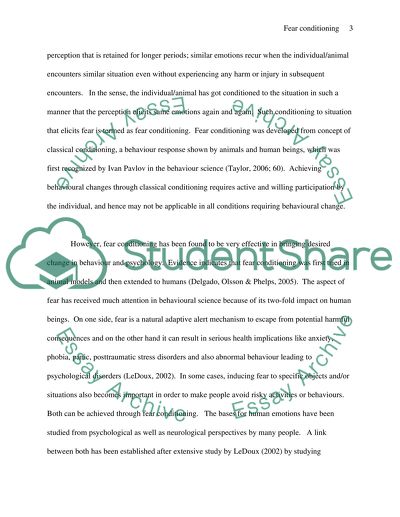Cite this document
(“What is fear conditioning and what are the neural mechanisms Essay”, n.d.)
Retrieved from https://studentshare.org/psychology/1409319-what-is-fear-conditioning-and-what-are-the-neural-mechanisms-underlying-it
Retrieved from https://studentshare.org/psychology/1409319-what-is-fear-conditioning-and-what-are-the-neural-mechanisms-underlying-it
(What Is Fear Conditioning and What Are the Neural Mechanisms Essay)
https://studentshare.org/psychology/1409319-what-is-fear-conditioning-and-what-are-the-neural-mechanisms-underlying-it.
https://studentshare.org/psychology/1409319-what-is-fear-conditioning-and-what-are-the-neural-mechanisms-underlying-it.
“What Is Fear Conditioning and What Are the Neural Mechanisms Essay”, n.d. https://studentshare.org/psychology/1409319-what-is-fear-conditioning-and-what-are-the-neural-mechanisms-underlying-it.


